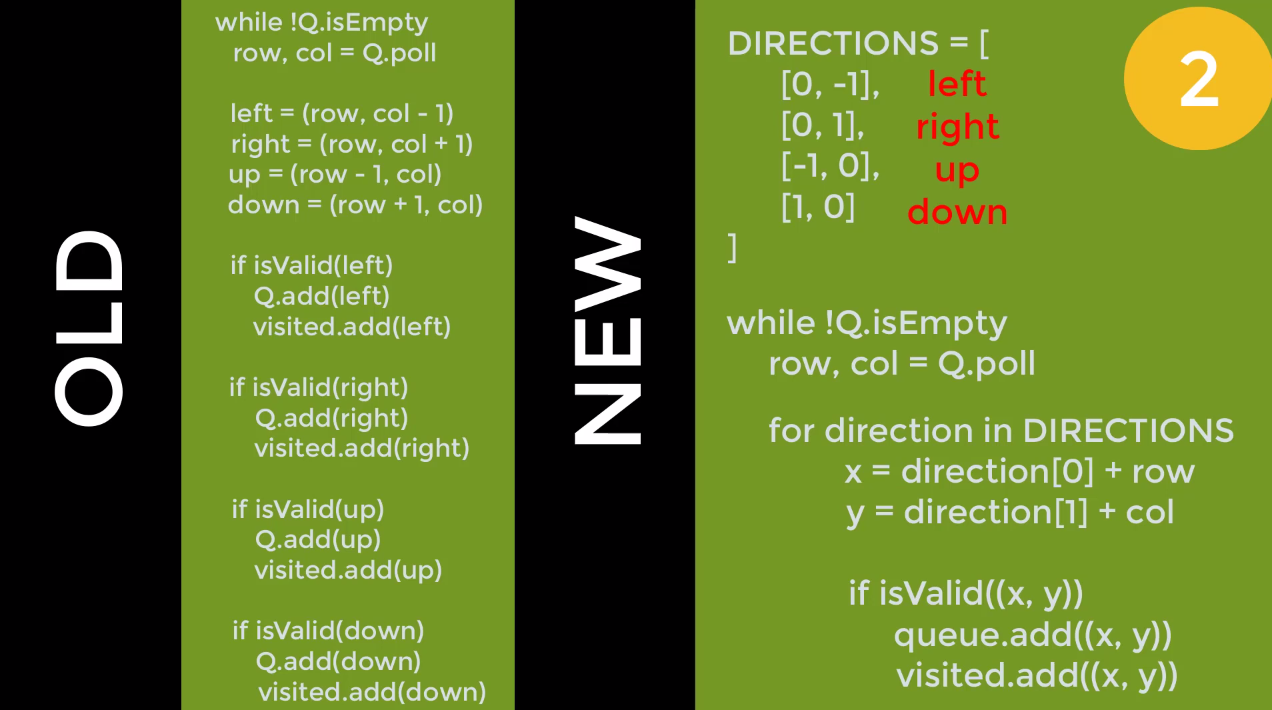having-fun-tickling-algorithms
Graph
- Three types of graphs: undirected graphs, directed graphs, and weighted graphs.
- Some ideas:
- Path:
- the sequence of vertices to go through from one vertex to another. In Figure 1, a path from A to C is [A, B, C], or [A, G, B, C], or [A, E, F, D, B, C].
Note: there can be multiple paths between two vertices.
- the sequence of vertices to go through from one vertex to another. In Figure 1, a path from A to C is [A, B, C], or [A, G, B, C], or [A, E, F, D, B, C].
- Negative Weight Cycle:
- In a “weighted graph”, if the sum of the weights of all edges of a cycle is a negative value, it is a negative weight cycle. In Figure 4, the sum of weights is -3.
- Connectivity:
- if there exists at least one path between two vertices, these two vertices are connected. In Figure 1, A and C are connected because there is at least one path connecting them.
- Degree of a Vertex:
- the term “degree” applies to unweighted graphs. The degree of a vertex is the number of edges connecting the vertex. In Figure 1, the degree of vertex A is 3 because three edges are connecting it.
- In-Degree:
- “in-degree” is a concept in directed graphs. If the in-degree of a vertex is d, there are d directional edges incident to the vertex. In Figure 2, A’s indegree is 1, i.e., the edge from F to A.
- Out-Degree:
- “out-degree” is a concept in directed graphs. If the out-degree of a vertex is d, there are d edges incident from the vertex. In Figure 2, A’s outdegree is 3, i,e, the edges A to B, A to C, and A to G.
- Path:
BFS
Vertices = numbers Edges = index neighbors
- Queue:
Easy way to represent node:
- class Coord: x, y
- String “x,y”
- problem: hard to coordinate from string to integer back to coordinates
- Array [x,y]
- writing a lot of codes
- Integer Representation x,y -> z
Queue[1 5]
2D -> 1D
X* COLS + Y
columns = 3
x,y = (0,1) = 0*3 + 1 = 1
convert the integer back to the coordinate
1D to 2D
row = index/cols,
col = index % cols
Simplifying BFS algo
look up, down left, right for every single vertices

User input as the visited set
func solve (int[][] matrix)